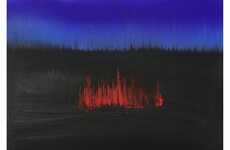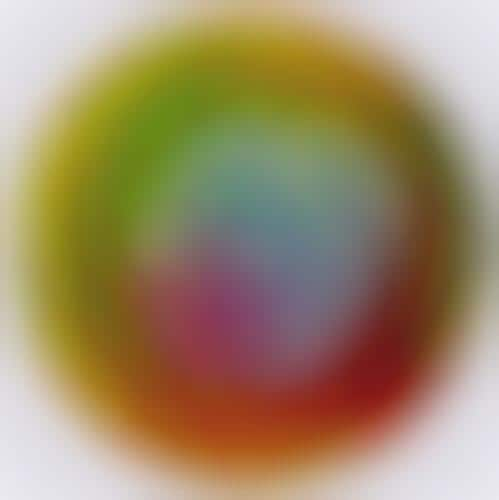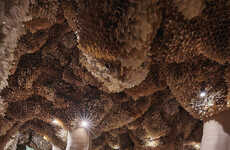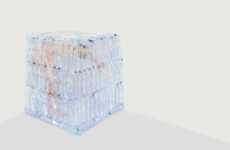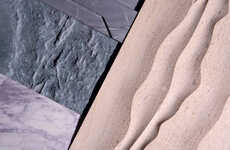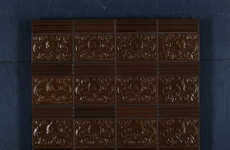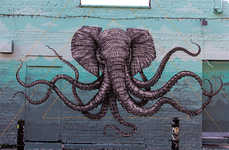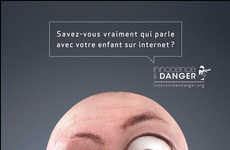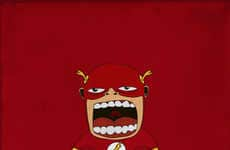
John Sabraw and Guy Riefler Worked to Solve an Environmental Issue
Alyson Wyers — August 23, 2013 — Eco
References: johnsabraw & fastcoexist
Ohio engineer Guy Riefler and artist John Sabraw joined together to clean up the toxic sludge resulting from old coal mines, creating stunning artwork.
Prior to 1977, there were no laws enforcing companies to clean the wastewater containing iron, bauxite, sulfuric acid and other trace metals that ran freely from mines into nearby water sources. For the past five years, environmental engineer and Ohio University professor Riefler has been figuring out an economically viable way to clean up the water and turn the sludge into paint. Riefler is now in the final stages of this project, dealing with pigment that is 97% iron. He has been working with local artist John Sabraw to not only come up with the right compositions, but to turn the repurposed sludge into something beautiful. Sabraw uses the oil to create canvas masterpieces other artistic work.
Prior to 1977, there were no laws enforcing companies to clean the wastewater containing iron, bauxite, sulfuric acid and other trace metals that ran freely from mines into nearby water sources. For the past five years, environmental engineer and Ohio University professor Riefler has been figuring out an economically viable way to clean up the water and turn the sludge into paint. Riefler is now in the final stages of this project, dealing with pigment that is 97% iron. He has been working with local artist John Sabraw to not only come up with the right compositions, but to turn the repurposed sludge into something beautiful. Sabraw uses the oil to create canvas masterpieces other artistic work.
Trend Themes
1. Environmental Remediation - The use of repurposed sludge as an artistic medium presents an opportunity for innovative environmental remediation solutions.
2. Sustainable Art - The creation of stunning artwork using toxic sludge highlights the potential for sustainable art practices.
3. Collaborative Innovation - The partnership between an engineer and an artist demonstrates the power of collaboration in driving disruptive innovation.
Industry Implications
1. Water Treatment - The development of economically viable techniques for cleaning up wastewater from mines has the potential to disrupt the water treatment industry.
2. Art and Design - The use of repurposed sludge as a medium for artwork opens up new possibilities in the art and design industry.
3. Environmental Consulting - The need for innovative solutions to clean up toxic sludge presents opportunities for disruption in the environmental consulting industry.
4.5
Score
Popularity
Activity
Freshness



